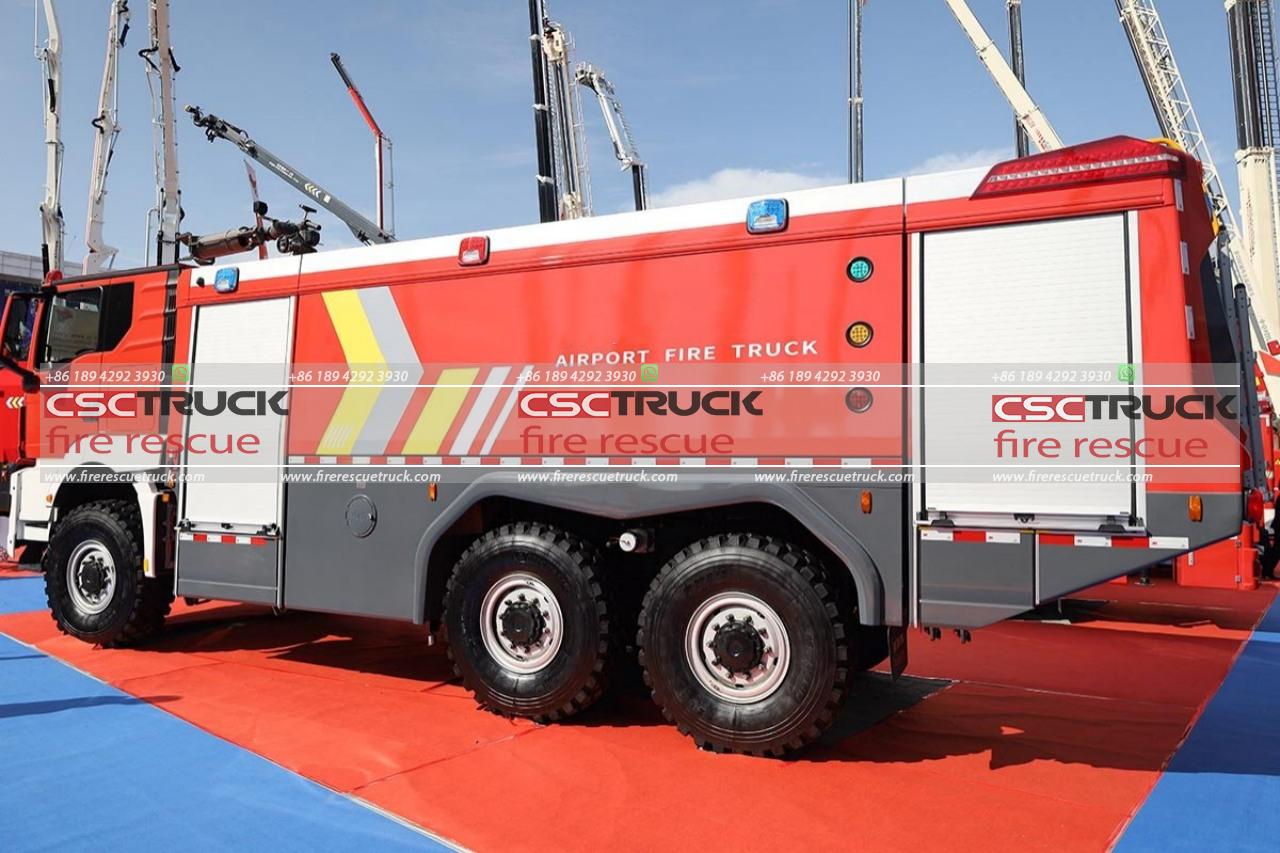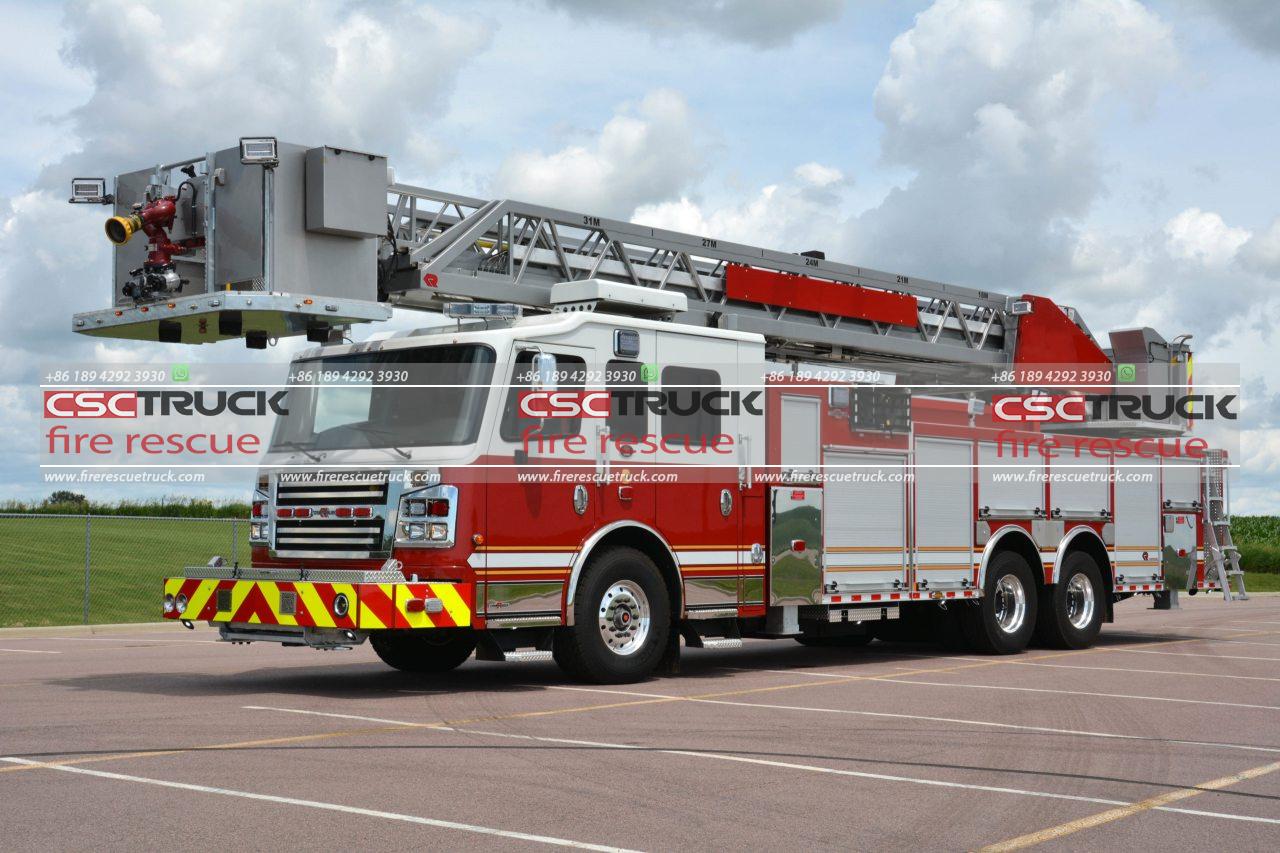What is the Best Color for a Fire Truck?
Fire trucks are among the most recognizable emergency vehicles, typically associated with high visibility, safety, and urgency. Traditionally, fire trucks are painted red, making them one of the most easily identifiable vehicles on the road. However, the question of what is the “best” color for a fire truck is not as straightforward as it seems. Over the years, fire departments, researchers, and safety experts have debated whether red is the optimal choice, considering factors like visibility, safety, and community expectations. This article explores the science, psychology, and history behind fire truck colors to answer the question: What is the best color for a fire truck?
The Traditional Red Fire Truck
The iconic red fire truck has been a symbol of emergency response for over a century. Historical accounts suggest that in the early days of motorized fire engines, fire departments chose the color red to distinguish their vehicles from other motor cars, which were often painted black. The use of red made fire trucks stand out and added to their visual appeal.
Red also holds a psychological connotation of urgency and danger. In the context of emergency vehicles, it signifies that the vehicle is in a state of emergency, prompting other road users to yield or give way. It’s a color that naturally draws the eye, even more so under certain lighting conditions, making it effective for daytime use.
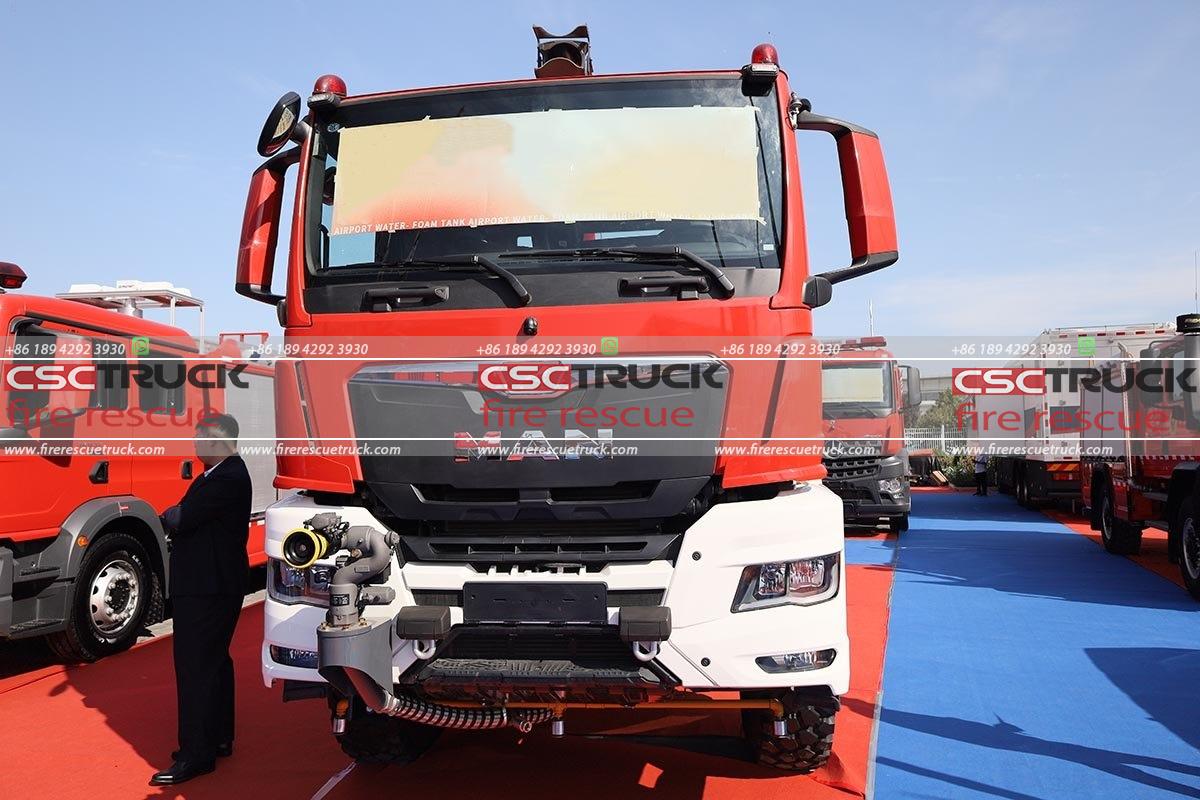
The Science Behind Visibility
While red is highly visible in broad daylight, it is less effective under low-light or night-time conditions. Red has a longer wavelength compared to other colors, meaning it does not stand out as much as colors with shorter wavelengths (e.g., blue and green) in dim light. This phenomenon, known as the Purkinje effect, is one reason why many fire departments have begun exploring other color options.
Research on vehicle visibility has shown that lime-yellow and fluorescent colors are more visible under varying light conditions, especially at night. A study by Dr. Stephen Solomon in the 1970s demonstrated that lime-yellow vehicles were more visible to the human eye and, as a result, were involved in fewer accidents compared to red vehicles. The study suggested that switching to lime-yellow could improve safety for both the fire department personnel and the general public.
Why Lime-Yellow is Gaining Popularity
Lime-yellow has become one of the most popular alternatives to red for fire trucks. This color falls in a range that the human eye can detect most easily, both in daylight and at night. Lime-yellow vehicles are more noticeable in peripheral vision, making it easier for drivers to spot them quickly, even in busy traffic situations.
Another advantage of lime-yellow is its high contrast against the environment. It is less likely to blend in with surroundings, such as buildings or trees, and is visible against a variety of backdrops, making it effective in both urban and rural settings.
Fire departments that have switched to lime-yellow vehicles have reported lower accident rates and improved visibility, particularly at intersections where most emergency vehicle collisions occur. The National Safety Council has advocated for lime-yellow as the preferred color for fire trucks due to its proven visibility benefits.
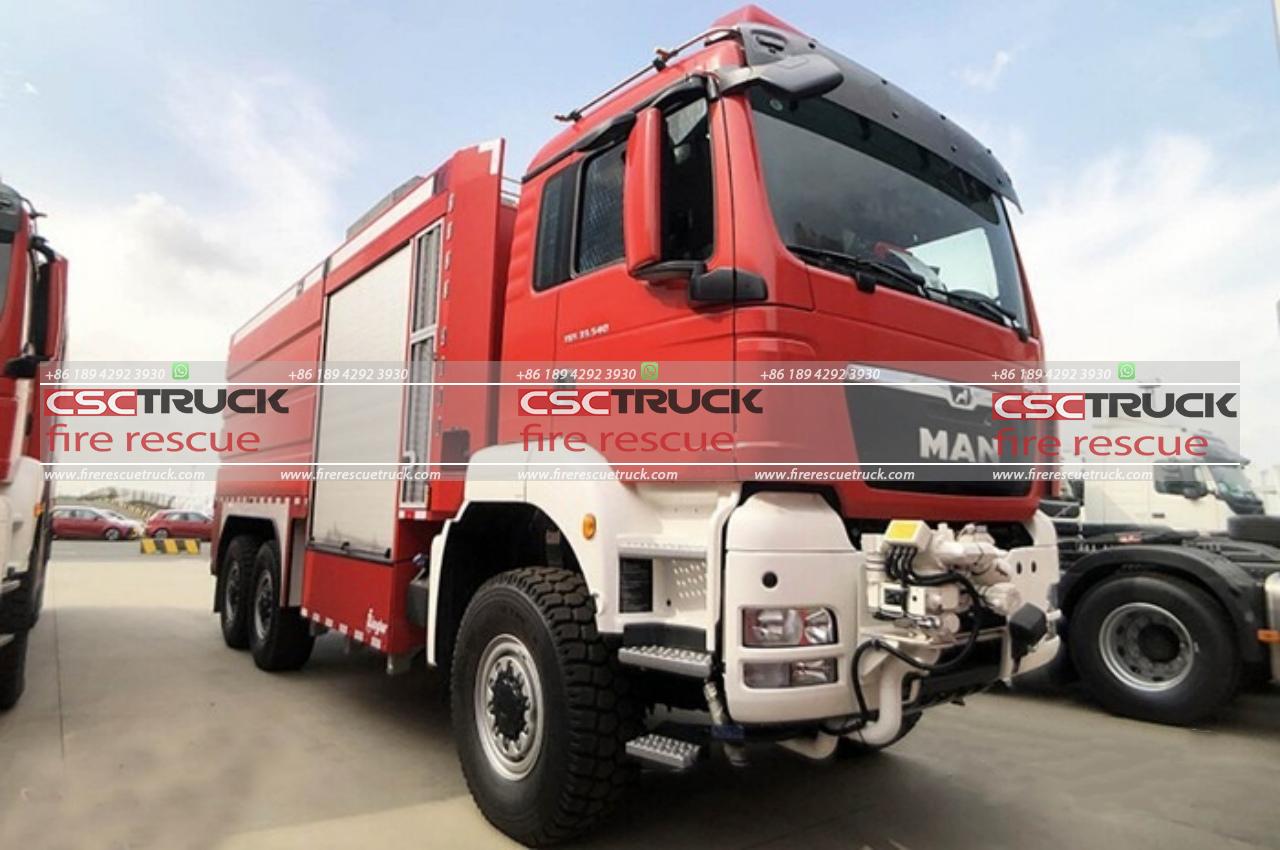
Other Color Considerations: White, Blue, and Green
Apart from red and lime-yellow, some fire departments have experimented with other colors like white, blue, and green. White fire trucks are less common but have been used in areas with extreme heat, as the color reflects sunlight better, potentially reducing the internal temperature of the vehicle.
Blue is another option, though less frequently used due to its association with police vehicles in many countries. However, some regions have adopted blue or blue-and-white color schemes for their fire trucks to differentiate from traditional red engines and reduce confusion during multi-agency responses.
Green fire trucks are also rare but are sometimes used in forested or wilderness areas to blend in with the environment. This helps them remain inconspicuous during firefighting operations, such as controlled burns, where visibility to the general public is not a priority.
The Role of Reflective Striping and Design
In addition to the base color, modern fire trucks incorporate reflective striping and high-contrast designs to improve visibility. These elements are essential for ensuring that the vehicle is visible from all angles, particularly in low-light conditions.
Chevron patterns on the rear of the vehicle, made from reflective materials in contrasting colors like red and yellow, are now a standard feature on many fire trucks. These patterns increase visibility and make the vehicle more conspicuous when parked or moving slowly.
Some fire trucks are also equipped with LED lighting systems that enhance visibility and provide additional cues to other drivers. These lights can be programmed to flash in specific patterns, making it clear that the vehicle is in emergency mode.
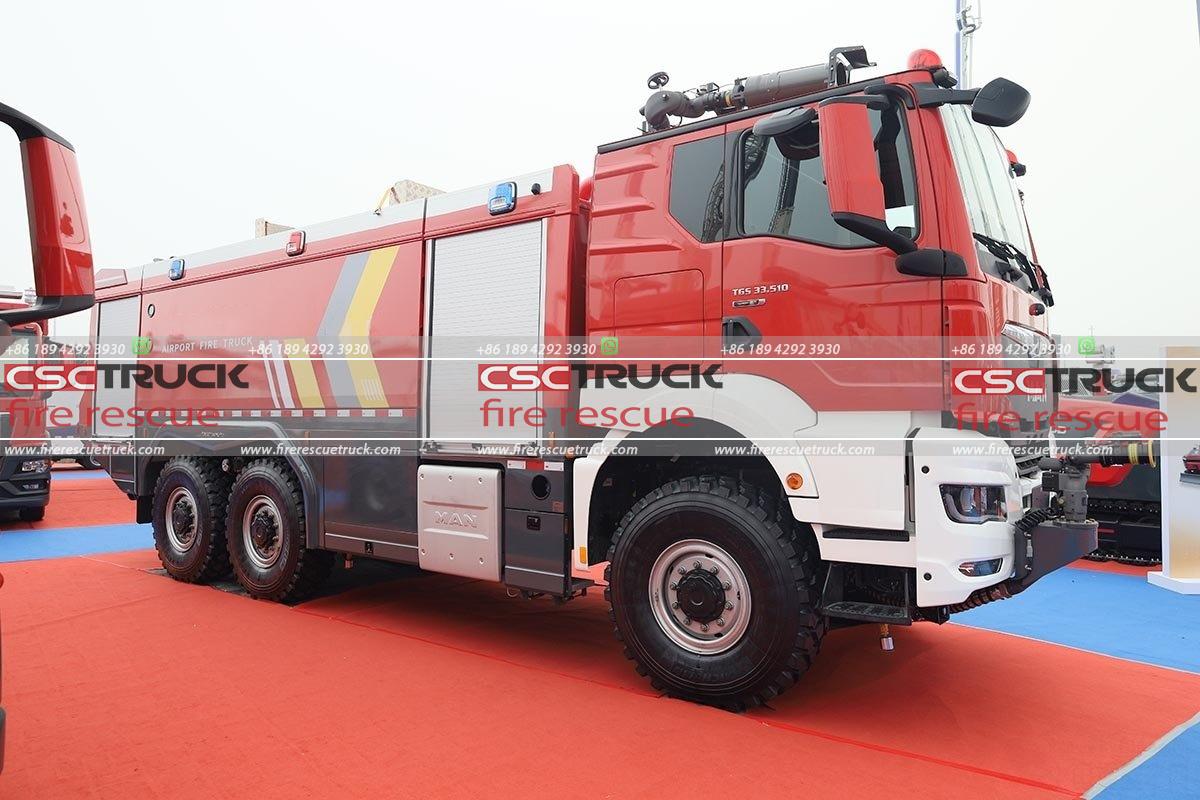
The Psychological Impact of Color
The choice of color is not only about visibility and safety; it also has a psychological impact on the community. Red is often perceived as a strong, powerful color that instills confidence and trust. Switching to a non-traditional color like lime-yellow can sometimes meet resistance from the community and firefighters themselves, who see red as a part of their identity and heritage.
In contrast, lime-yellow is often seen as less imposing and more modern. Some fire departments have successfully made the switch by educating the public about the safety benefits of the new color. However, public perception remains a critical factor in determining the color of fire trucks, as the community needs to recognize and trust these vehicles in emergencies.
Conclusion: What is the Best Color for a Fire Truck?
There is no single “best” color for a fire truck that fits all scenarios. The traditional red color carries historical significance and a strong psychological impact, but lime-yellow has proven advantages in terms of visibility and safety. Some fire departments may opt for a combination of colors or incorporate reflective materials and patterns to enhance the base color’s visibility.
Ultimately, the choice of color should be guided by safety considerations, research data, and community preferences. Fire departments need to balance tradition with innovation, ensuring that their vehicles are both recognizable and highly visible in all operating conditions. By taking these factors into account, fire departments can make an informed decision that best suits their needs and ensures the safety of both firefighters and the communities they serve.
